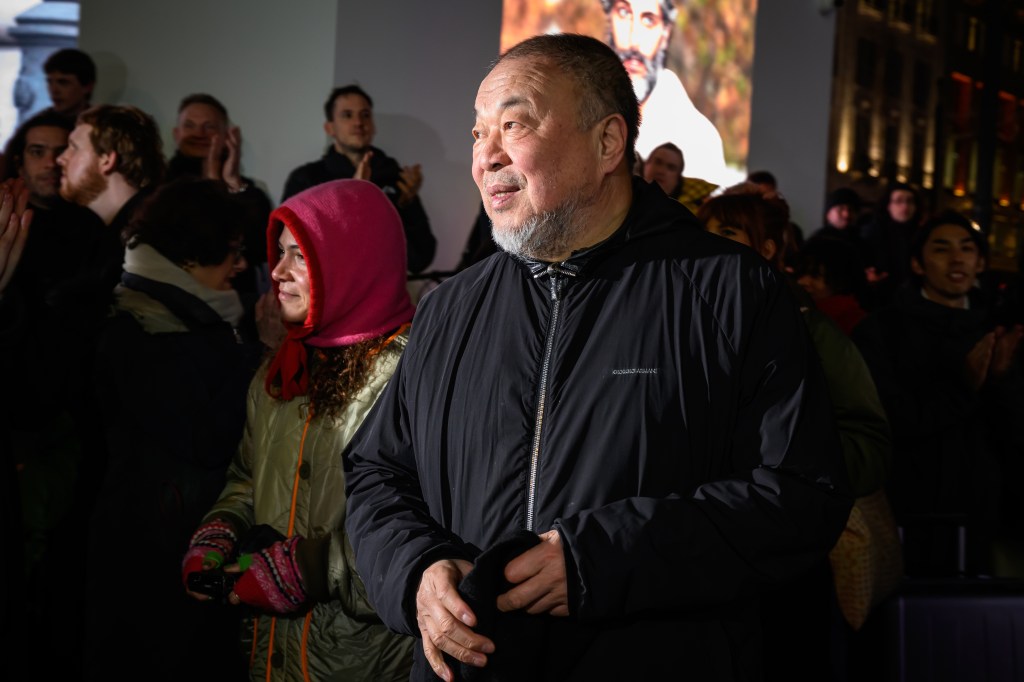Ai Weiwei has taken his work to one of its most dangerous stages yet: Ukraine’s eastern front. Just weeks before unveiling a major installation in Kyiv, Ai travelled to Kharkiv, a city under regular Russian bombardment, where he met with soldiers, poets, and cultural figures resisting Moscow’s invasion.
On Instagram, Ai posted stark images sans captions: a Ukrainian flag billowing in the wind, soldiers in trenches, sunflowers in fields, fragments of Kharkiv’s Constructivist architecture, and even a puzzle of Ilya Repin’s 19th-century canvas Reply of the Zaporizhzhian Cossacks. He was also photographed in black fatigues marked “Khartiia”—the name of a volunteer unit since absorbed into Ukraine’s National Guard. Among its fighters are the poet Serhiy Zhadan and Pyotr Verzilov, the Pussy Riot spokesperson declared a terrorist by Russia.
Related Articles

“I saw how extremely difficult their lives are … but their resolve is incredibly strong,” Ai told the Art Newspaper, adding that no negotiation could dictate the fate of Ukrainians unwilling to live under occupation. Verzilov, who documented the visit in videos showing Ai in camouflage body armor, called him “the chief artist of modernity” for appearing on the front line.
The visit coincided with renewed Russian strikes: at least 14 people were killed in Kharkiv and Zaporizhzhia just hours after Ukrainian president Volodymyr Zelensky met President Donald Trump and European leaders at the White House. The attacks followed Donald Trump’s meeting with Vladimir Putin in Alaska, where the US president pressed for a trilateral summit.
Ai’s next act will unfold in the capital. His installation Three Perfectly Proportioned Spheres and Camouflage Uniforms Painted White—a play on Leonardo da Vinci’s mathematical studies—opens 14 September at Pavilion 13, a renovated Soviet-era hall. Commissioned by Ribbon International, the work runs through 30 November. Ai calls it “a dialogue about rationality and irrationality.”

